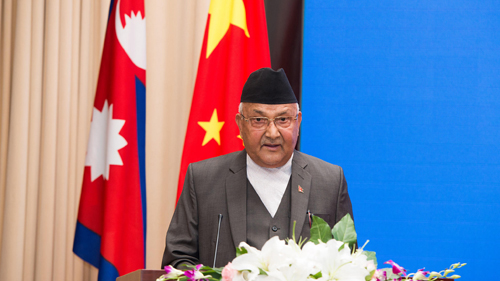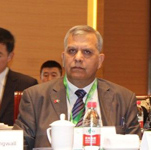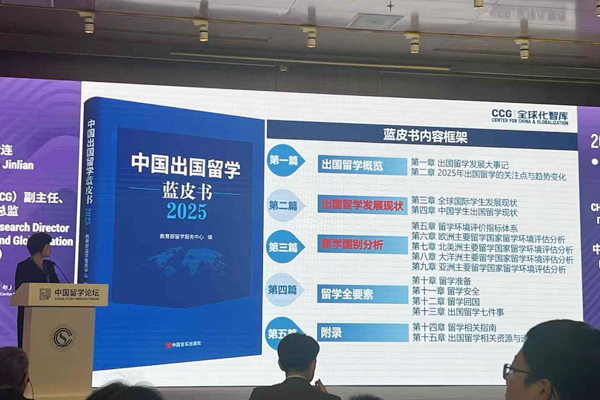【CGTN】Nepal-China agreements: big achievement and great future for BRI
2018年6月27日
Prime Minister Khadga Prasad Sharma Oli of Nepal speaks at the Nepal-China Business Forum during his China visit in Beijing, June 20, 2018. /VCG Photo
The visit of Prime Minister Khadga Prasad Sharma Oli of Nepal to China marks a new beginning in Nepal-China relations. During the visit, Oli signed eight agreements covering a wide range of cooperative initiatives including in the areas of rail, trade, and energy. Nepal has been inspired by China’s recent developments and support for the Belt ad Road Initiative (BRI).
Nepal’s joining BRI is a big achievement for China’s initiative. It is worth mentioning that India has not accepted BRI, while all of its neighbors are joining BRI and becoming vibrant supporters of the initiative.
Nepal’s Deputy Prime Minister Krishna Bahadur Mahara said, “Nepal has just become a member of the China-proposed Belt and Road Initiative, thanks to the Chinese leadership for introducing such a wide concept that seeks to enhance mutually beneficial cooperation between China and various countries and regions around the world.
Nepal is gradually moving forward from the status of a least-developed country, our economic growth is rising, and is full of possibilities, so with the Chinese assistance, we can attain economic prosperity.”
There is an old saying in Chinese, “When there is high tide in the ocean, all the ships are elevated.” It is high tide in China in the form of development; all the neighboring countries can be beneficiaries of China’s historic development by joining the BRI. China is willing to share the fruits of its economic developments with its neighboring countries.

Sunrise at Bhaktapur, Nepal /VCG Photo
Nepal, a beautiful, landlocked country in South Asia, is becoming a hotbed for Chinese tourists. It has a population of 26 million spreading across an area of 143,350 square kilometers. Its per capita GDP is approximately 2,573 US dollars and its service industry, especially tourism, is booming.
After joining the BRI, Nepal has seen proposals for economic activities, and as a result, jobs will be created, trade will be enhanced, dependence on India may be reduced, and poverty will be eradicated.
Under the BRI initiative, Nepal’s priority list for the BRI projects would most probably include transportation projects and hydropower projects. Both these sectors are extremely important to Nepal, and these projects would reduce the country’s strategic vulnerabilities and its outright dependence on India.
According to Xinhua News Agency, "China contributed to around 87 percent of foreign direct investment (FDI) commitments received by Nepal during the first 10 months of the current fiscal year that began in mid-July 2017." Citing official government figures, Xinhua reported that by mid-May, Nepal had received FDI pledges of 43.22 billion Nepali rupees (396 million US dollars) from China, out of a total FDI commitment of 49.87 billion Nepali rupees received by the Himalayan country since July 2017.
The difficult part which now confronts Oli’s government is that it somehow still wants to balance its two strong neighbors — India and China.
On the other hand, China’s BRI and its international role as a global power (which takes all the stakeholders big or small together) will get more recognition. China has developed to a stage where it can help the entire region to prosper. The country understands its global responsibilities and tries its best to be a more effective contributor to development globally. This is truly an example of the win-win strategy.

Zamir Ahmed Awan is a senior fellow with Center for China and Globalization(CCG) and a sinologist at the National University of Sciences and Technology .
From CGTN,2018-6-26






